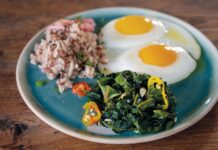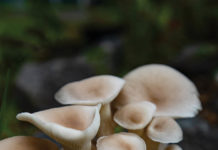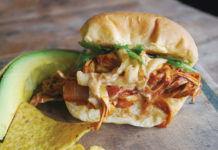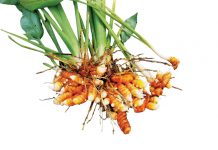WEB EXCLUSIVE: Kukui Nut Tree Uses
Story by Becky Speere | Photography by Tori Speere
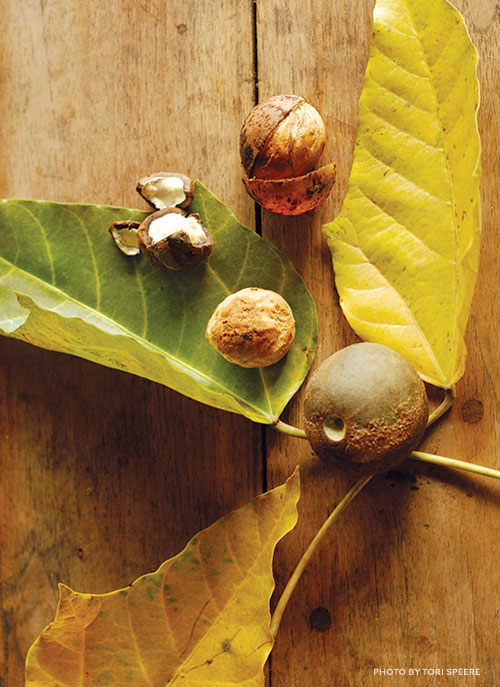
I live on Maui’s rain-forested north shore, where kukui, macadamia and Malabar chestnuts sprout with no coaxing, soil supplements, or even “good” soil. And since I’m always on the lookout for nutritious, locally grown food, I can’t help but share my joy of foraging for nuts.
This season, I’ve had friends practically beg me to come harvest their macadamia nuts. (One acquaintance has seventy trees and an out-of-control nut situation.) What to do with them all? Here are some ideas. If you can’t find kukui or Malabar chestnuts, mac nuts will work just fine. Go nuts!
Kukui (Aleurites moluccana)
The candlenut tree is a “canoe crop,” introduced by the Polynesians who settled these islands around 500 to 600 A.D. Those early Hawaiians used every part of the plant, especially the nut and its oil, from which they derived medicines, varnish, and fuel for light. As food, the kukui nut is best known as an ingredient in a relish called ‘inamona; a small amount of the pounded, roasted nutmeat, sea salt, and sometimes chili pepper are added to sliced raw fish and the seaweed limu kohu for a traditional poke dish. The raw nut is said to have a laxative effect, and the oil can be an irritant, but I add roasted nuts to my granola, and have never experienced a problem.
To process wild-harvested kukui nuts, first remove any green-brown husk, then place the nuts in a bowl of water, throwing away any that float. Sun-dry the rest for thirty days, or dehydrate them at 150 degrees for eight hours. Roast them at 325 degrees for ten to fifteen minutes, or until the meat is golden. Crack the shell and remove the meat. Use immediately, or freeze for later use.

